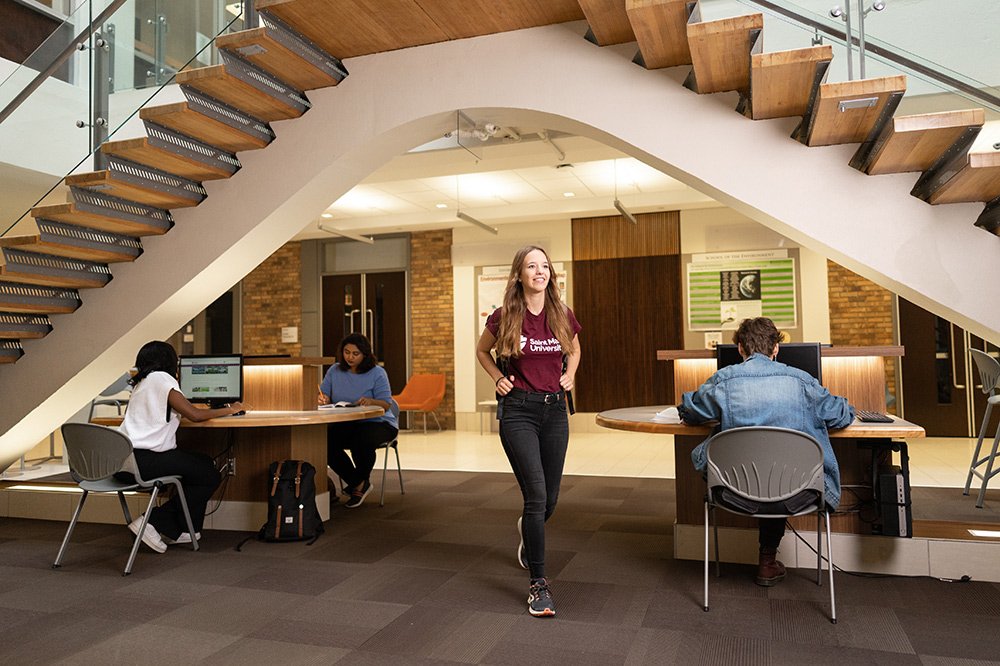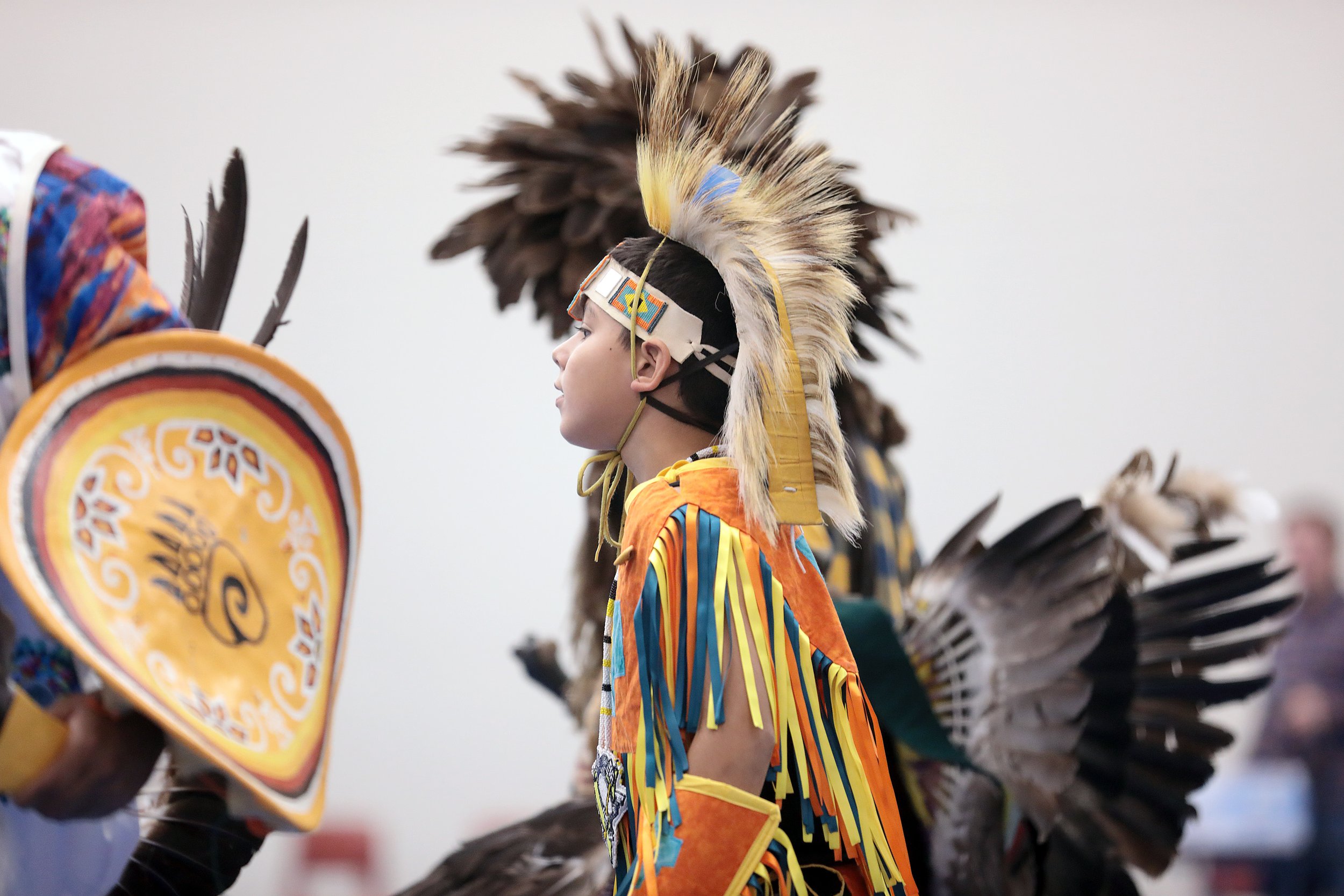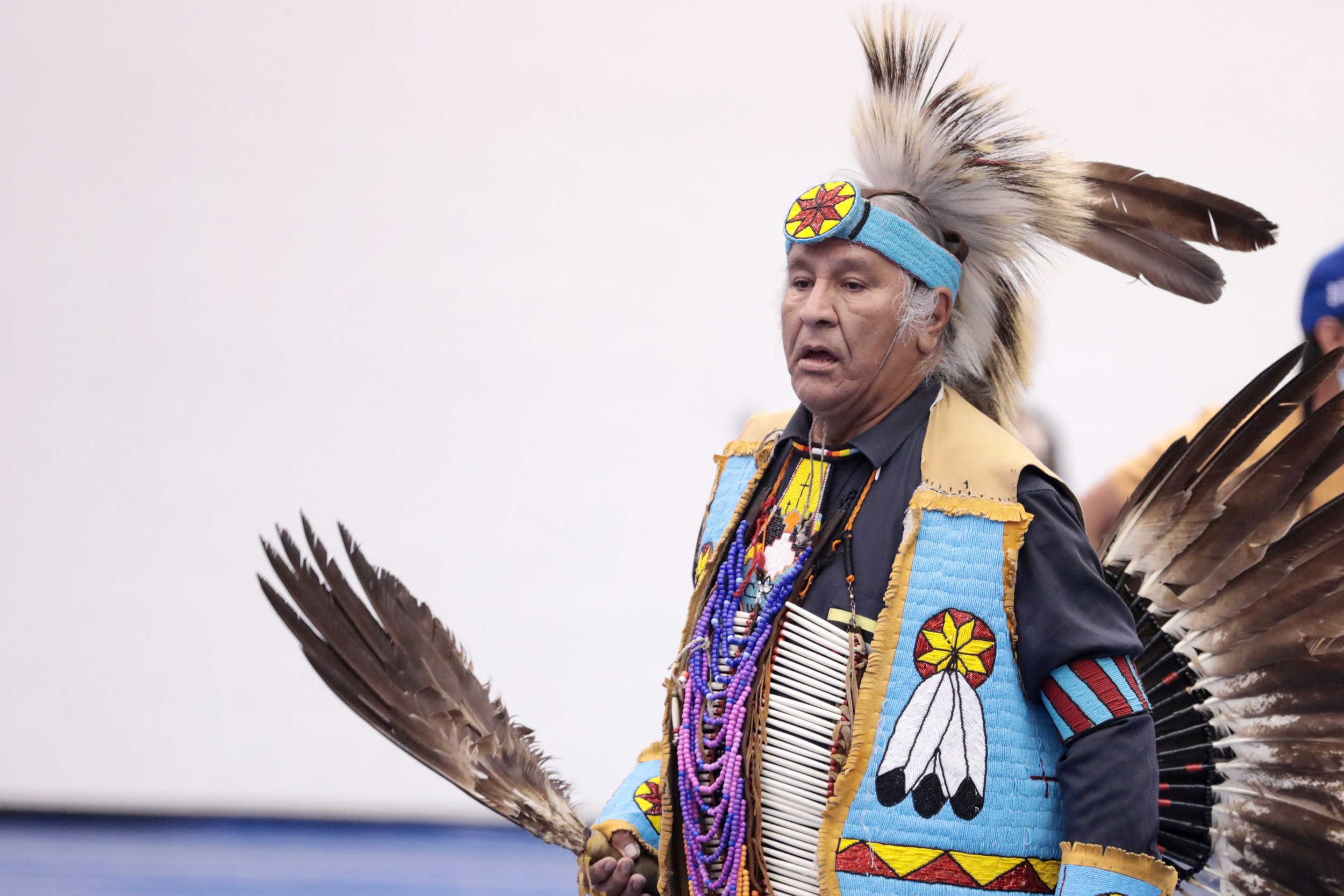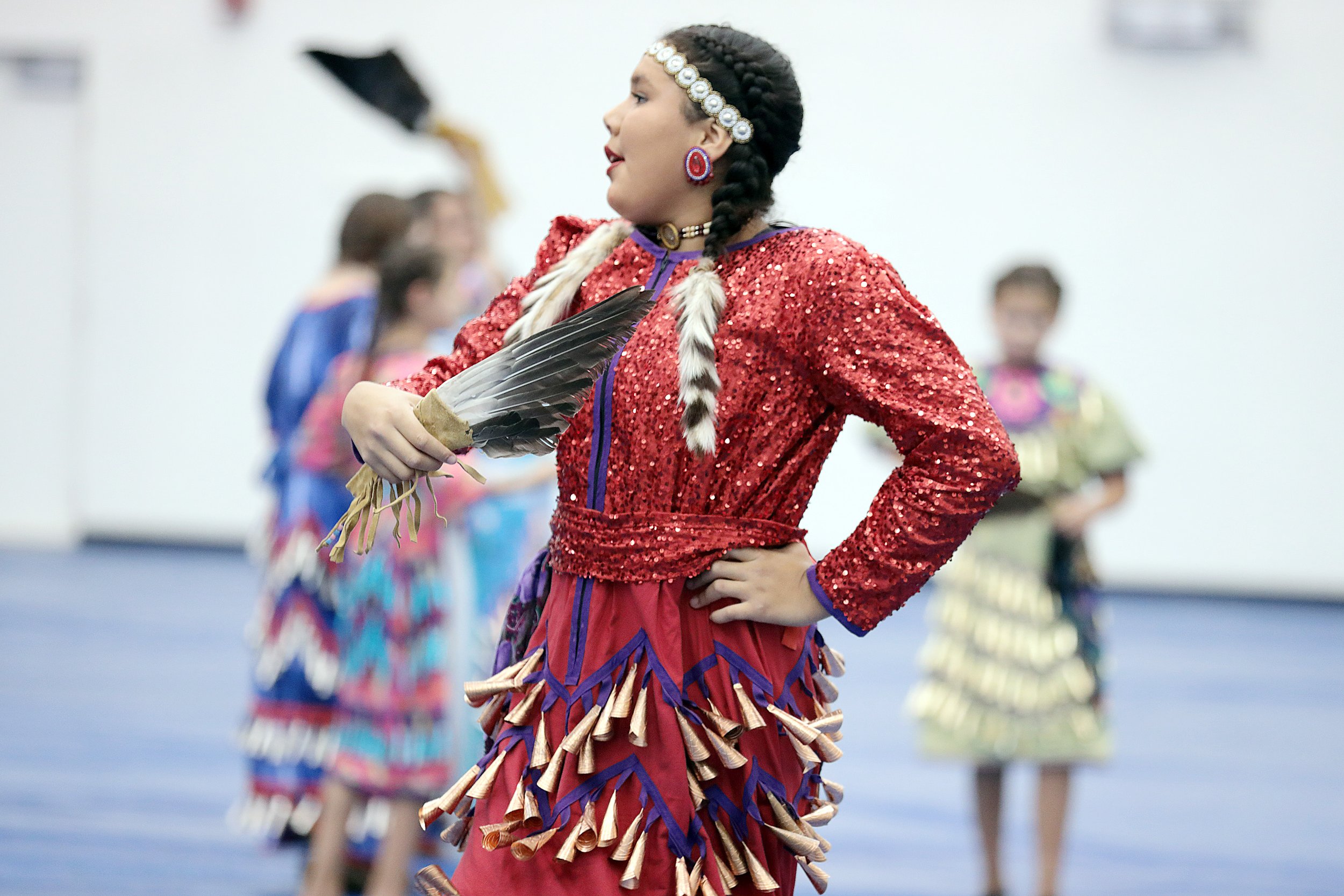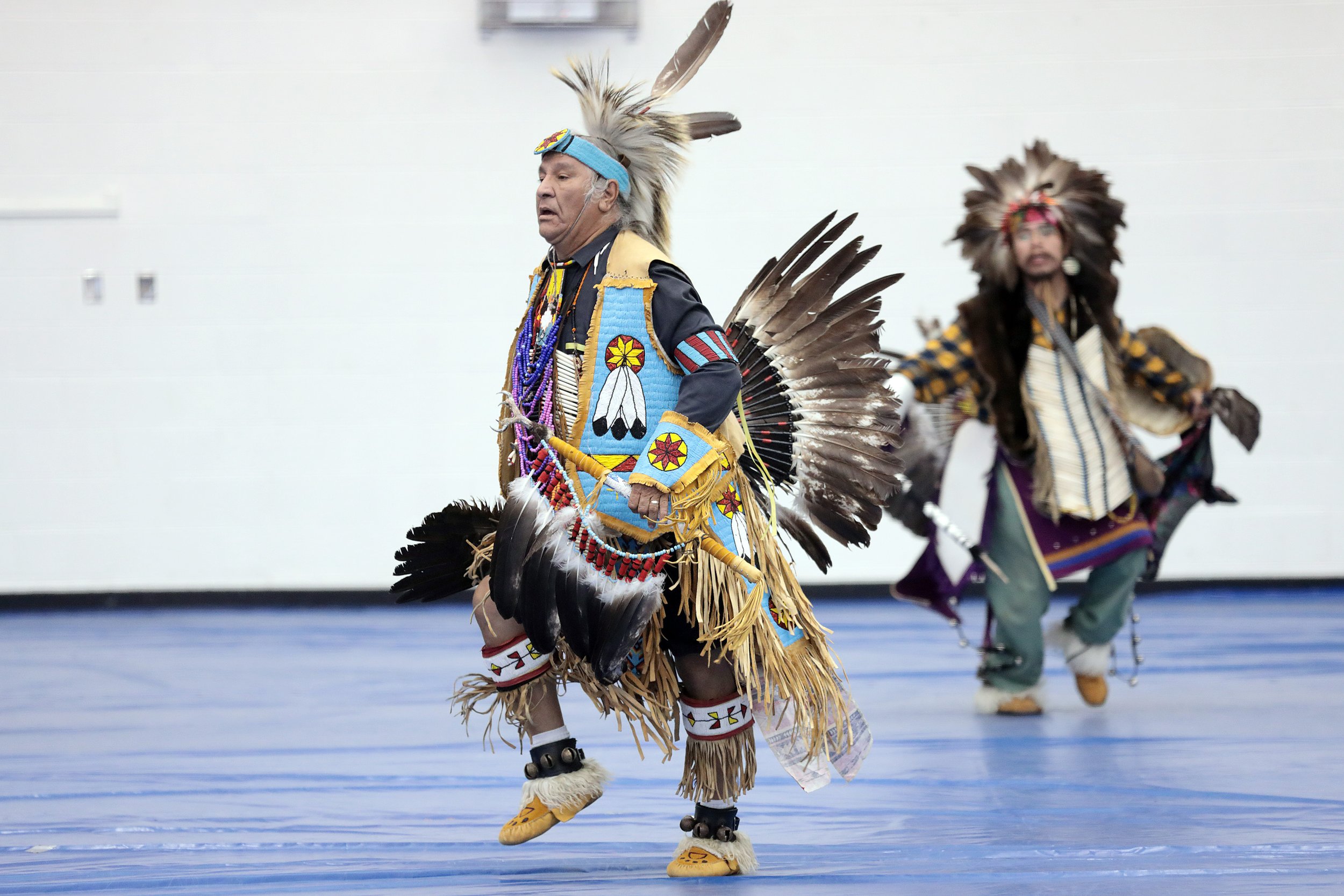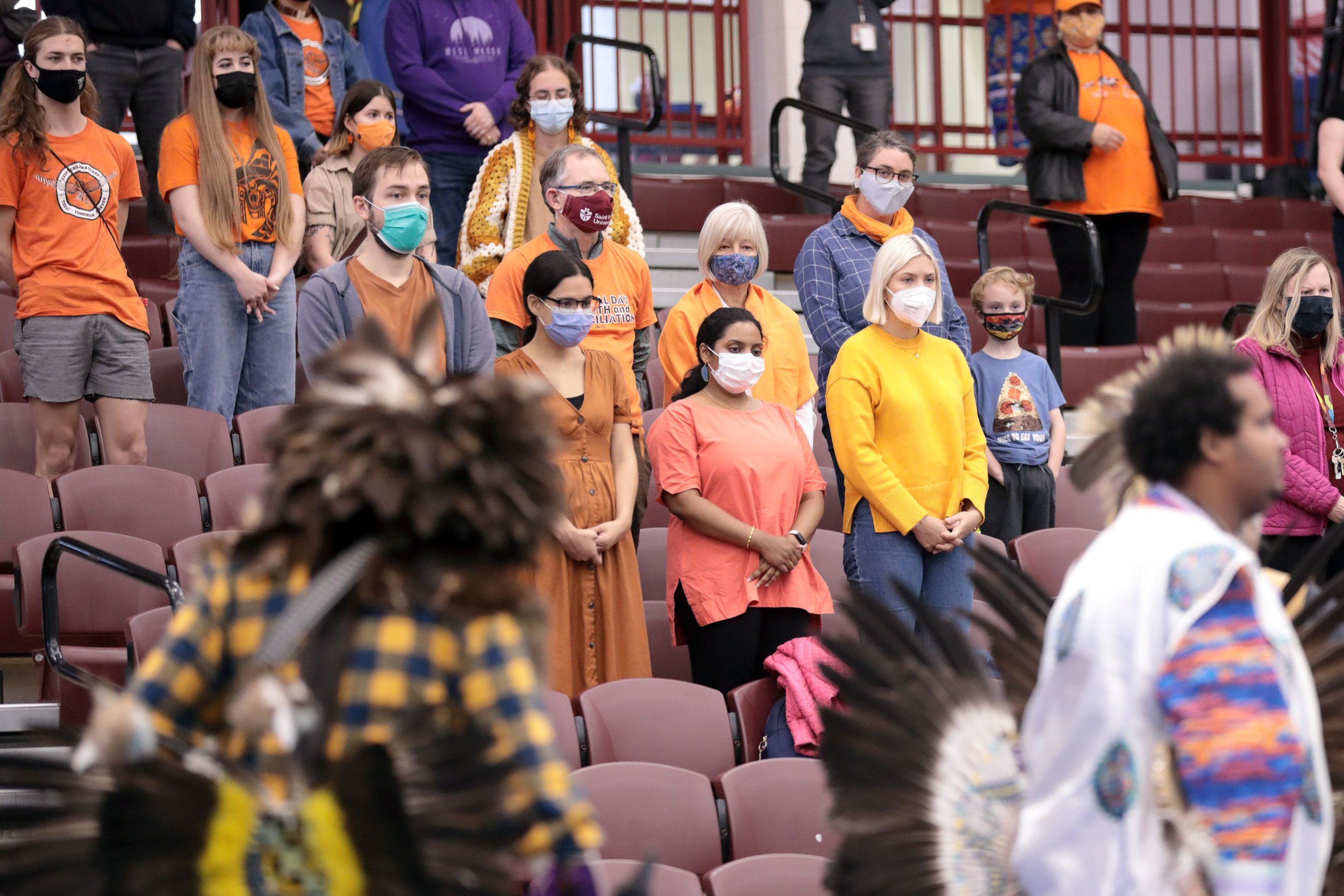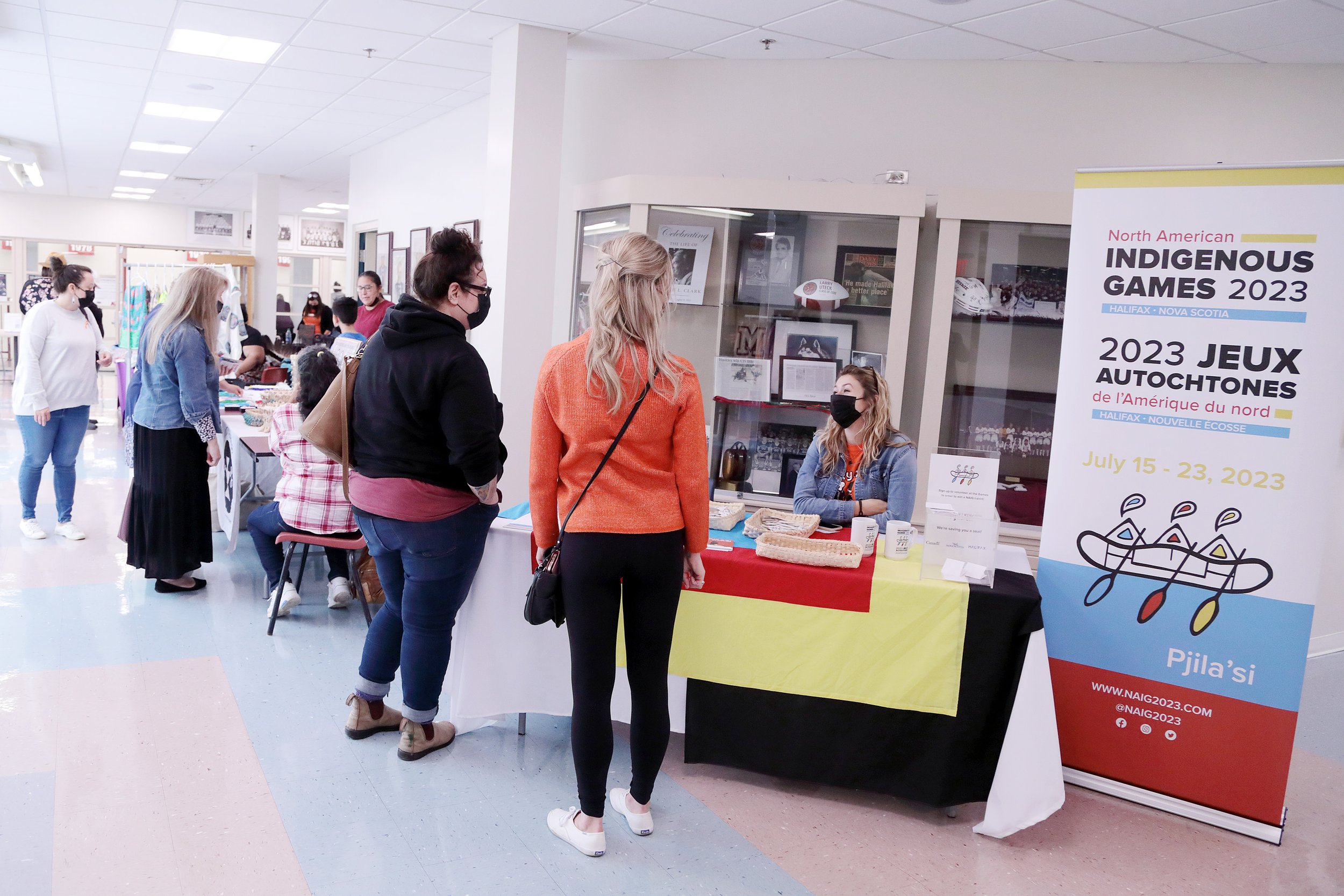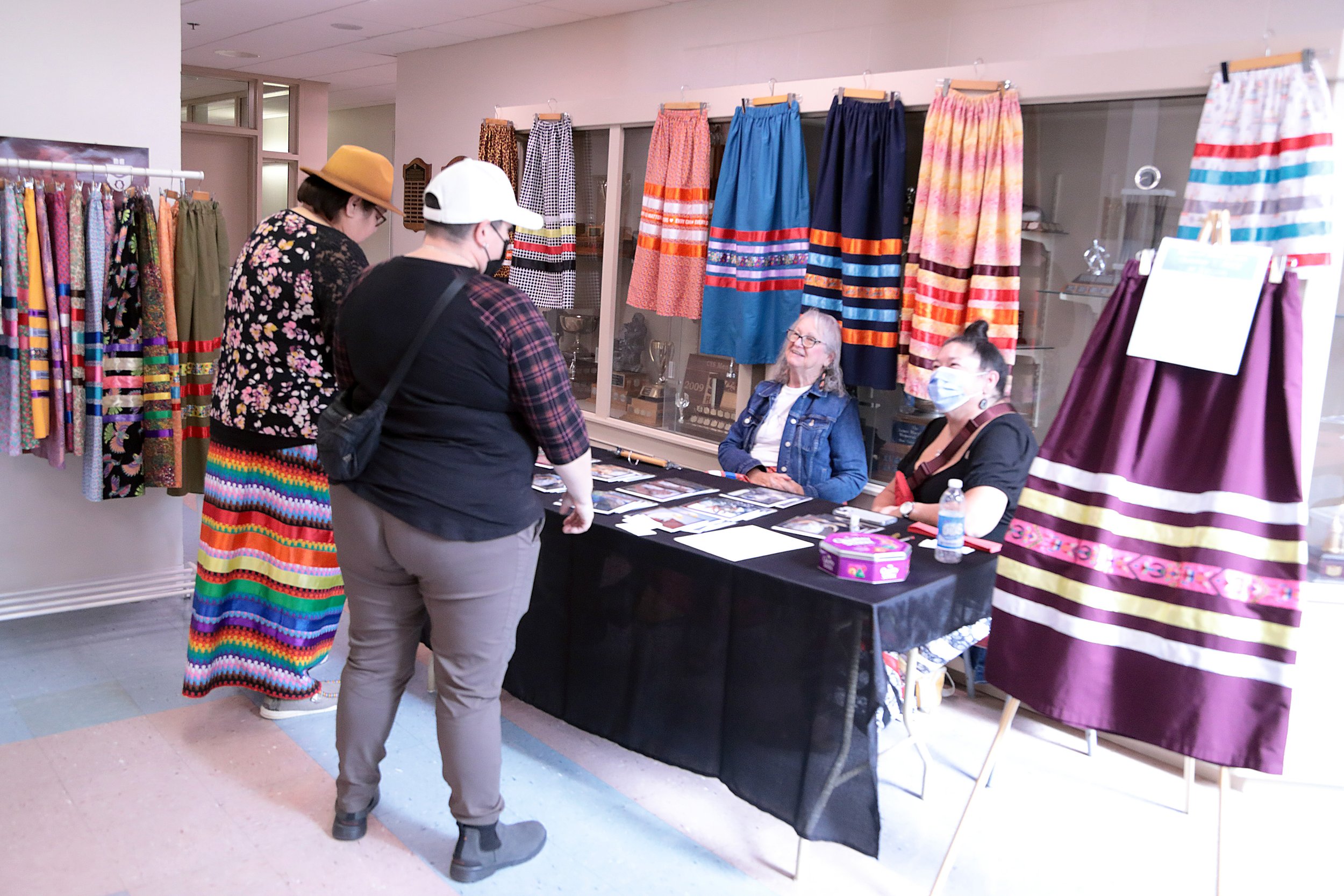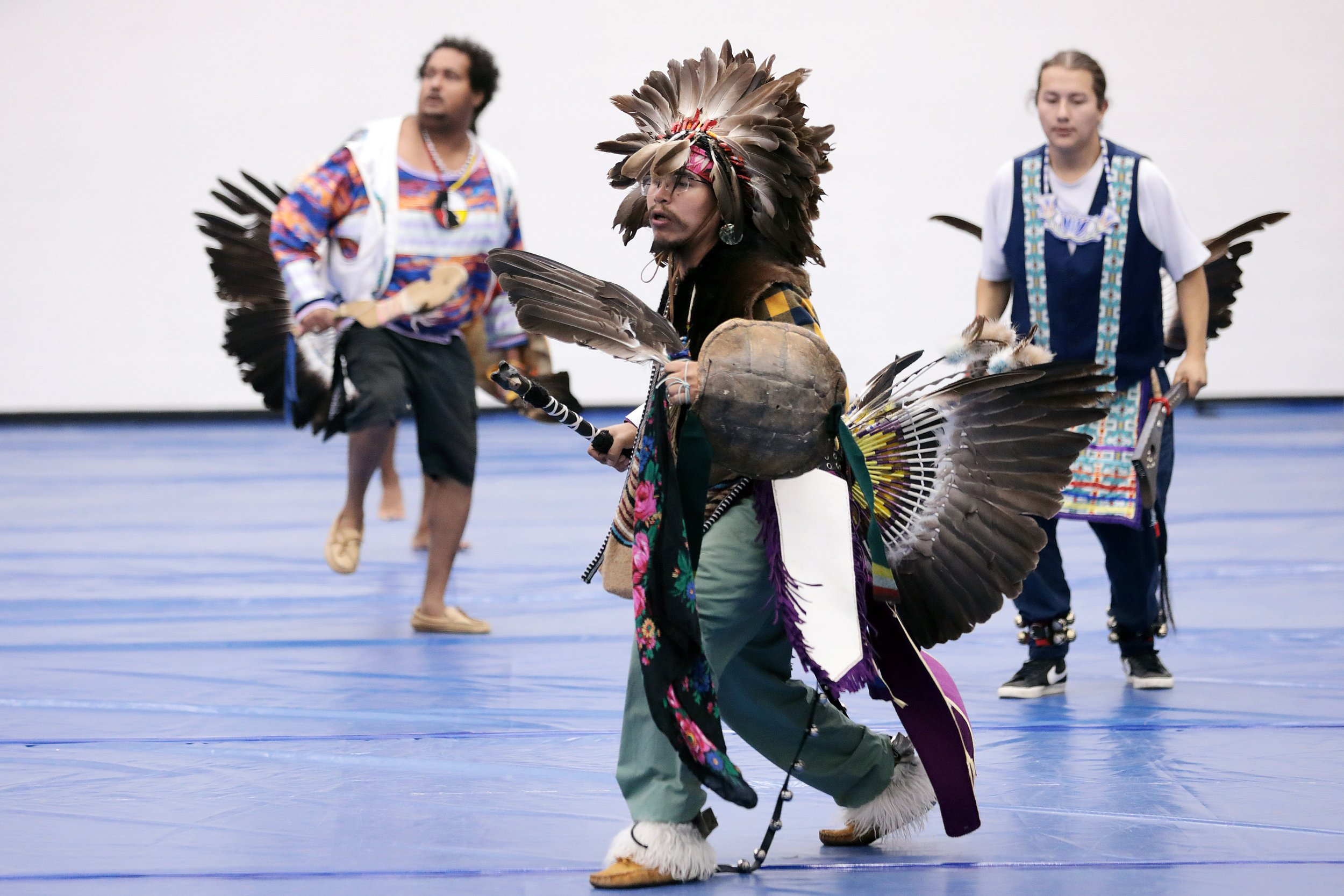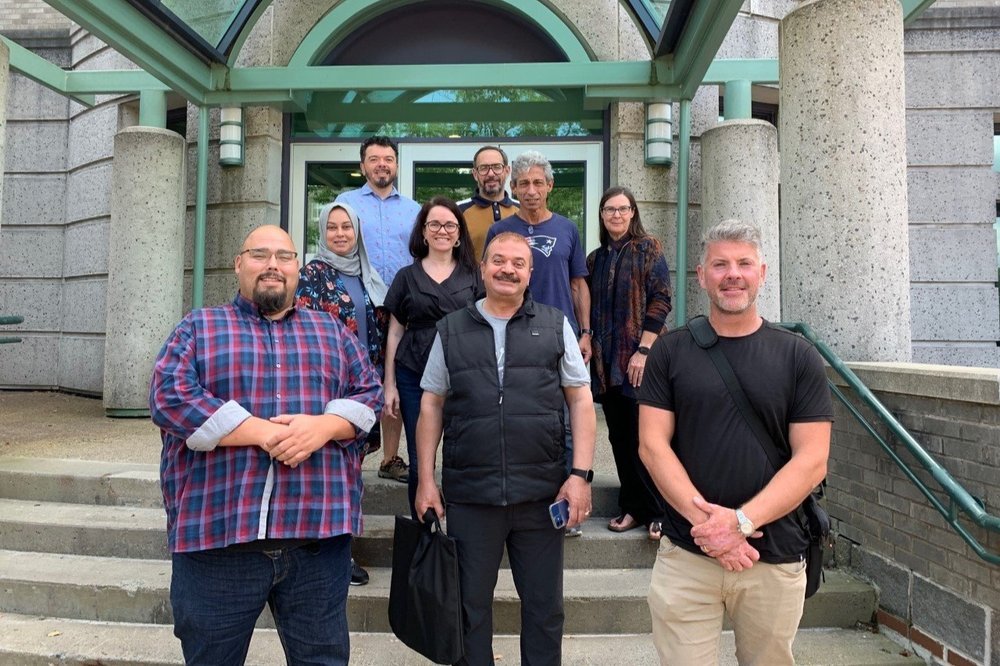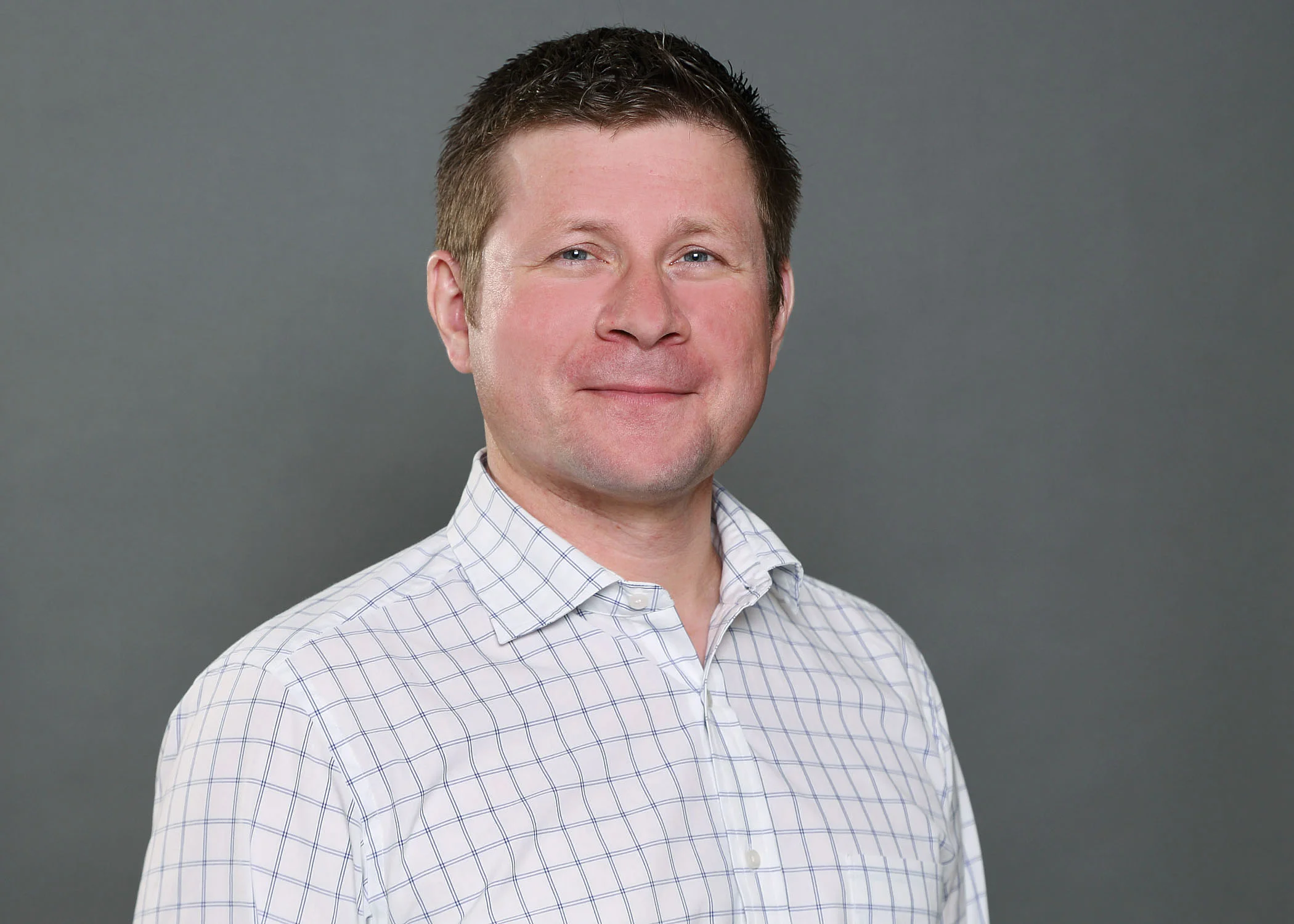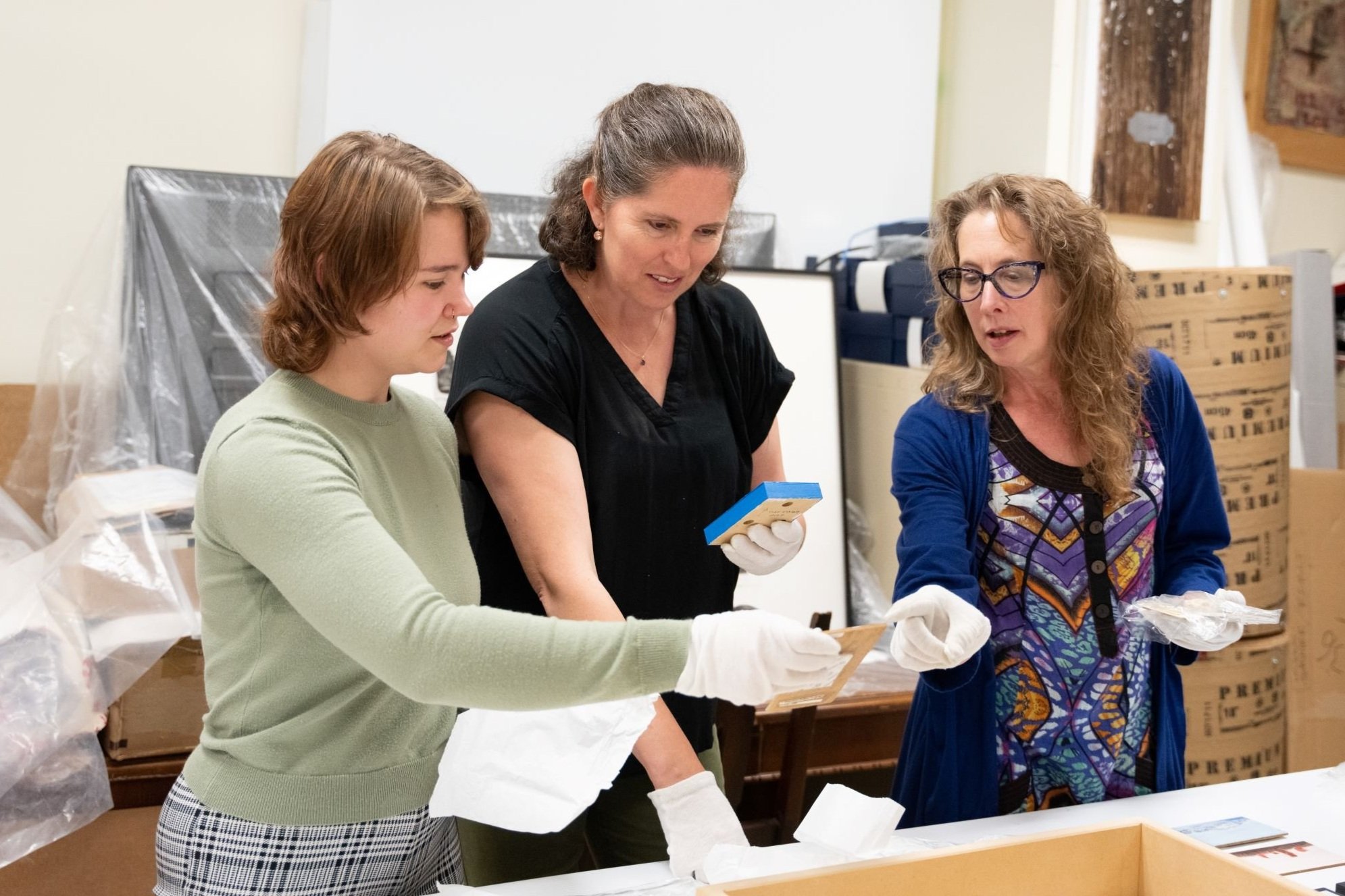Academic integrity is the foundation of higher learning.
Academic integrity refers to a set of ethical values relating to how we treat our sources of knowledge, and how new knowledge is constructed and shared with others. The values of academic integrity go beyond student citation mistakes, plagiarism, and cheating, as the technical manifestations of violations associated with it. Academic integrity is a shared responsibility among all members of the University community.
The aim of this week-long event is to engage students, faculty and staff in learning and sharing with others how they can uphold academic integrity to increase student success and promote the ethical values of scholarly dialogue and respectful knowledge creation.
Schedule of Events
Forum on the Academic Integrity Process at SMU and Academic Regulation 18
Monday, October 17
3–4:15 p.m.
Virtual Event
The forum is hosted by Dr. Karen Grandy, Chairperson of Academic Senate, the Senate Committee on Academic Integrity, and the Academic Integrity Appeals Board; and Dr. Madine VanderPlaat, Academic Discipline Officer and Interim VP Academic & Research, Member of the Senate Committee on Academic Integrity, and University Registrar.
https://smu-ca.zoom.us/j/84455256057?pwd=QVo0VGsweTlOejIvSHdTTGkxdUlyUT09
Meeting ID: 844 5525 6057
Passcode: 858739
Scavenger Hunt
Monday, October 17
Until 4:30 p.m.
Come visit the SMUSA Office or Help desk to see which resources are available on campus. Once you’ve found them all swap your card for a prize!
Academic Integrity & Copyright
Tuesday, October 18
10:30–11:30 a.m.
In-person and virtual event
Library Classroom (LI135)
or
https://smu-ca.zoom.us/j/88256404404?pwd=SFNjVDhZT2lHcnFVL3FmaEpmS2lqQT09
Meeting ID: 882 5640 4404
Passcode: 418740
This session will cover what you need to consider for your thesis before it makes it to the University Repository. We’ll also go over copyright concerns as a TA in seminars and lectures. Next, we’ll cover author rights and what you need to know when wanting to publish and how to protect your work.
Presenters:
Amy Lorencz, MLIS, Metadata & Copyright Librarian
Patricia Langille, MA, Copyright Assistant
Avoiding Academic Mistakes Workshop
Wednesday, October 19
10:30–11:45 a.m.
In-person and virtual event
Library Classroom (LI135)
or
https://smu-ca.zoom.us/j/81033570801?pwd=bFlWelUyeXRlSEpyczBkWW9xakM5UT09
Meeting ID: 810 3357 0801
Passcode: 310670
Chat with the SMUSA VP Academic, writing centre and library staff about academic integrity, and get tips to help you with writing a paper, assignment or test. Learn how to avoid common academic mistakes! This workshop is designed to provide you with resources to help with your writing, research, and proper citations/references.
Citation Station: activities, fun AI resources and prizes
Thursday, October 20
1–4:00 p.m.
Student Common Space, 5th Floor of the Student Centre
In-person, drop-by station
Visit us at the Citation Station on the 5th floor of the Student Centre from 1-5 pm to learn about citations and plagiarism, to receive writing and referencing help on your papers and for the chance to win prizes!
Academic Integrity Supports at Saint Mary’s
Friday, October 21
11:00 a.m– noon
In-person and Virtual Event
Library Classroom (LI135)
or
https://smu-ca.zoom.us/j/88020181063?pwd=VHNkRkY4R1dNb1ltOS9pVmFaOU9hQT09
Meeting ID: 880 2018 1063
Passcode: 963303
This session will include panel presentations and a Q&A to provide faculty and students with information about existing SMU resources for supporting Academic Integrity. Supports include the Writing Centre’s Writing Help Online (WHO) program, the Library’s Academic Integrity Foundations course, as well as the Avoiding Academic Mistakes workshop (co-developed/delivered by the Writing Centre, the Library, and SMUSA).
Presenters:
Amanda Saoud, Coordinator, Academic Learning Services, The Studio for Teaching and Learning
Heather Sanderson, Information Literacy Librarian, Patrick Power Library
Cindy Harrigan, Instructional Development Librarian, Patrick Power Library
Emily Meyers, Vice President of Academic & Internal Affairs, Saint Mary’s University Students’ Association




